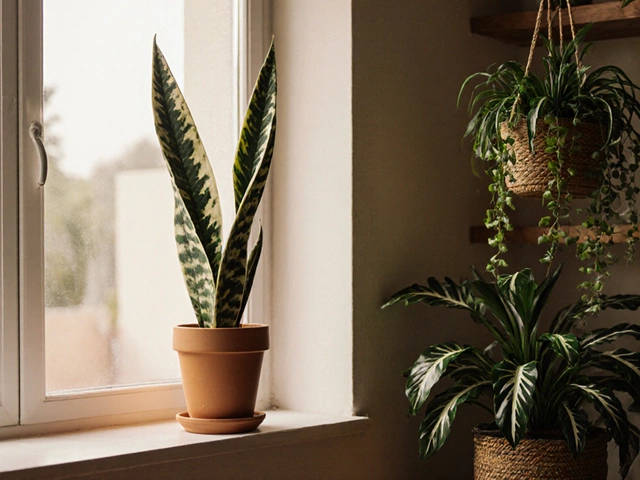Compost for Soil: Simple Ways to Boost Your Garden
Ever wonder why some gardens seem to explode with life while yours looks a bit tired? The secret is often compost. Adding the right amount of organic matter can turn bland, compact soil into a thriving home for roots, microbes, and nutrients.
Why Compost Matters
Compost does more than just add nutrients. It improves soil texture, helping heavy clay breathe and sandy soil hold water. When you mix in a few inches of well‑rotted compost, you’re giving the soil a sponge‑like quality that keeps moisture where plants need it and drains excess water fast enough to avoid root rot.
Beyond texture, compost feeds the tiny creatures living in the soil. These microbes break down organic matter, releasing nitrogen, phosphorus, and potassium in forms plants can actually use. That natural fertilizer cycle means you’ll need less chemical feed, saving money and keeping your garden eco‑friendly.
For Indian gardeners, compost also helps balance the pH that can swing wide in tropical climates. A modest dose can neutralize acidic soils in regions like the Deccan plateau, making it easier for crops like tomatoes, brinjal, or even marigolds to thrive.
How to Make and Use Compost
Making compost at home is surprisingly easy. Grab a bin, a corner of your yard, or even a simple pile. Toss in kitchen scraps – fruit peels, veg leftovers, coffee grounds (but remember, some plants dislike coffee grounds, see our post on that). Add garden waste like dry leaves, grass clippings, and small branches. Aim for a mix of greens (wet material) and browns (dry material) in roughly a 1:2 ratio.
Turn the pile every week to keep air flowing. In a warm Indian summer, you’ll see it break down in 4‑6 weeks; winter may stretch it to a few months. When the mix looks dark, crumbly, and smells earthy, it’s ready.
Now, how do you apply it? Here are three foolproof ways:
- Top‑dressing: Spread a 2‑3 cm layer over your garden beds and gently work it into the topsoil. This is perfect for vegetable plots and flower beds.
- Compost tea: Soak a handful of compost in water for 24 hours, strain, and use the liquid to water plants. It delivers nutrients quickly and boosts leaf colour.
- Mix into planting holes: When planting a new seedling, combine equal parts compost and native soil. The plant gets an immediate nutrient boost and a better root environment.
If you have heavy, compacted soil, combine compost with a bit of sand or organic mulch. Our guide on "How to Loosen Heavy Garden Soil" suggests using compost as a primary additive to improve texture without over‑loading the ground.
Remember, less is more. Over‑applying compost can lead to nitrogen burn, especially on seedlings. A thin, even layer is enough; the soil will incorporate it over time.
Finally, keep an eye on your compost’s source. Avoid adding diseased plants or meat scraps, as they can attract pests or spread pathogens. Stick to kitchen veg waste, fruit skins, tea bags, and garden cuttings.
With these simple steps, you’ll turn ordinary soil into a nutrient‑rich foundation that supports stronger, healthier plants. Whether you’re growing a balcony herb garden or a full‑size vegetable plot, compost for soil is the low‑cost, high‑impact upgrade every gardener should try.
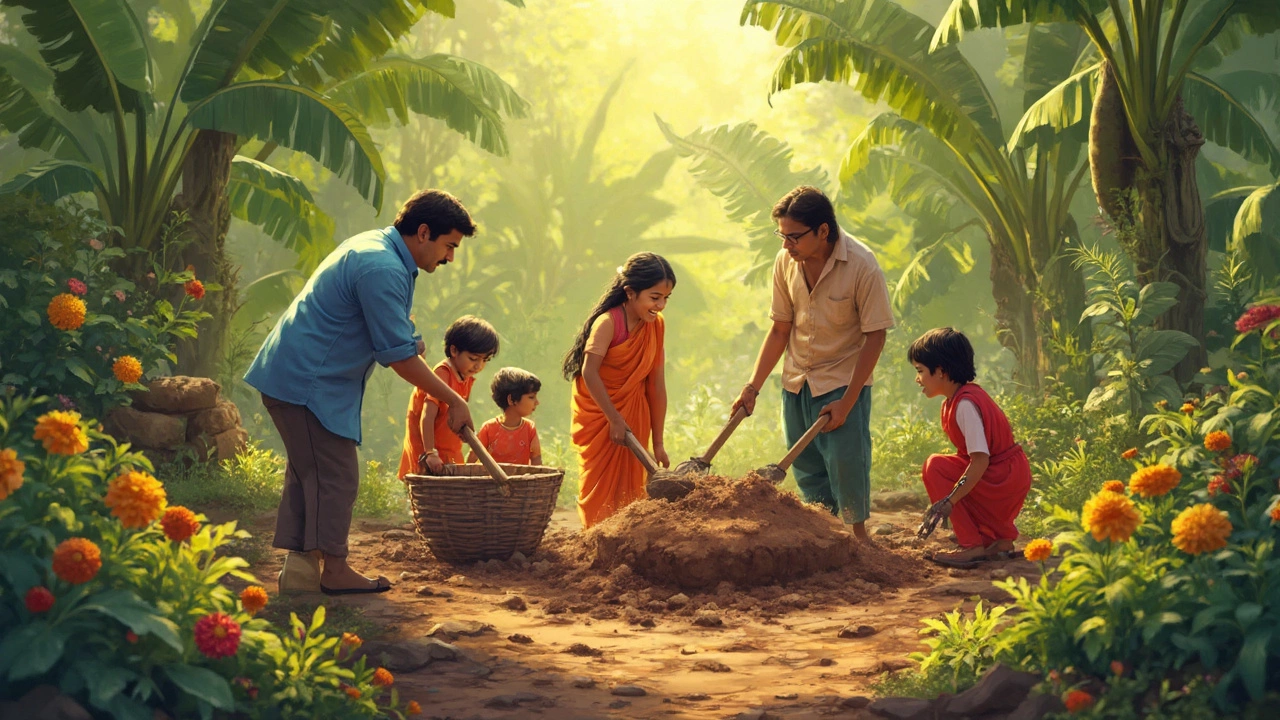
How to Fix Hard Soil in Your Garden for Healthier Plants
Fixing hard soil in your garden is easier than you think. Discover proven tips, DIY tricks, and why your plants will thank you for it.
About
Gardening
Latest Posts
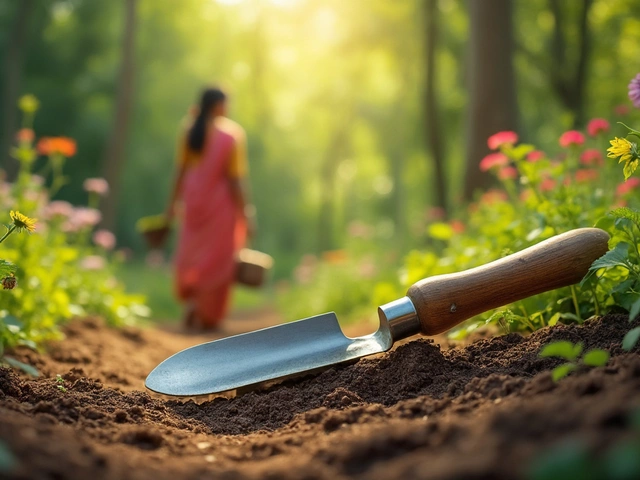
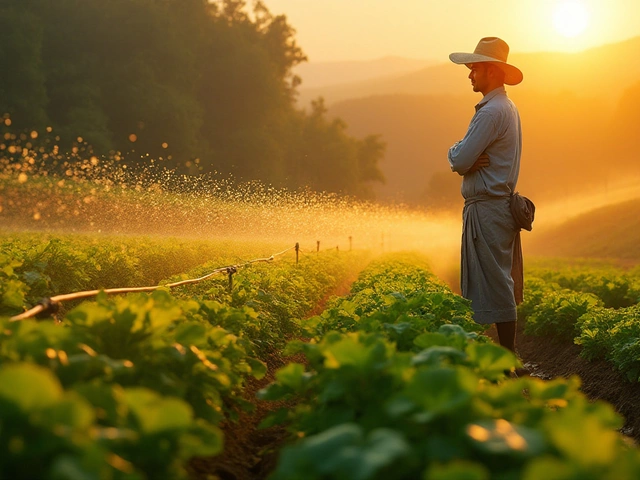
Mastering the 30/30 Rule for Efficient Drip Irrigation
By Alden Thorne Jan 7, 2025

The Reigning Queen of Indian Vegetables: Brinjal Unveiled
By Alden Thorne Nov 22, 2024
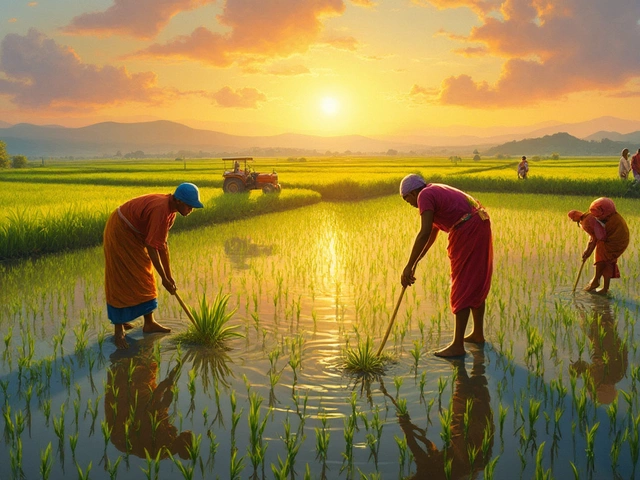
Rice Farming Profitability: What Really Pays Off?
By Alden Thorne May 10, 2025
